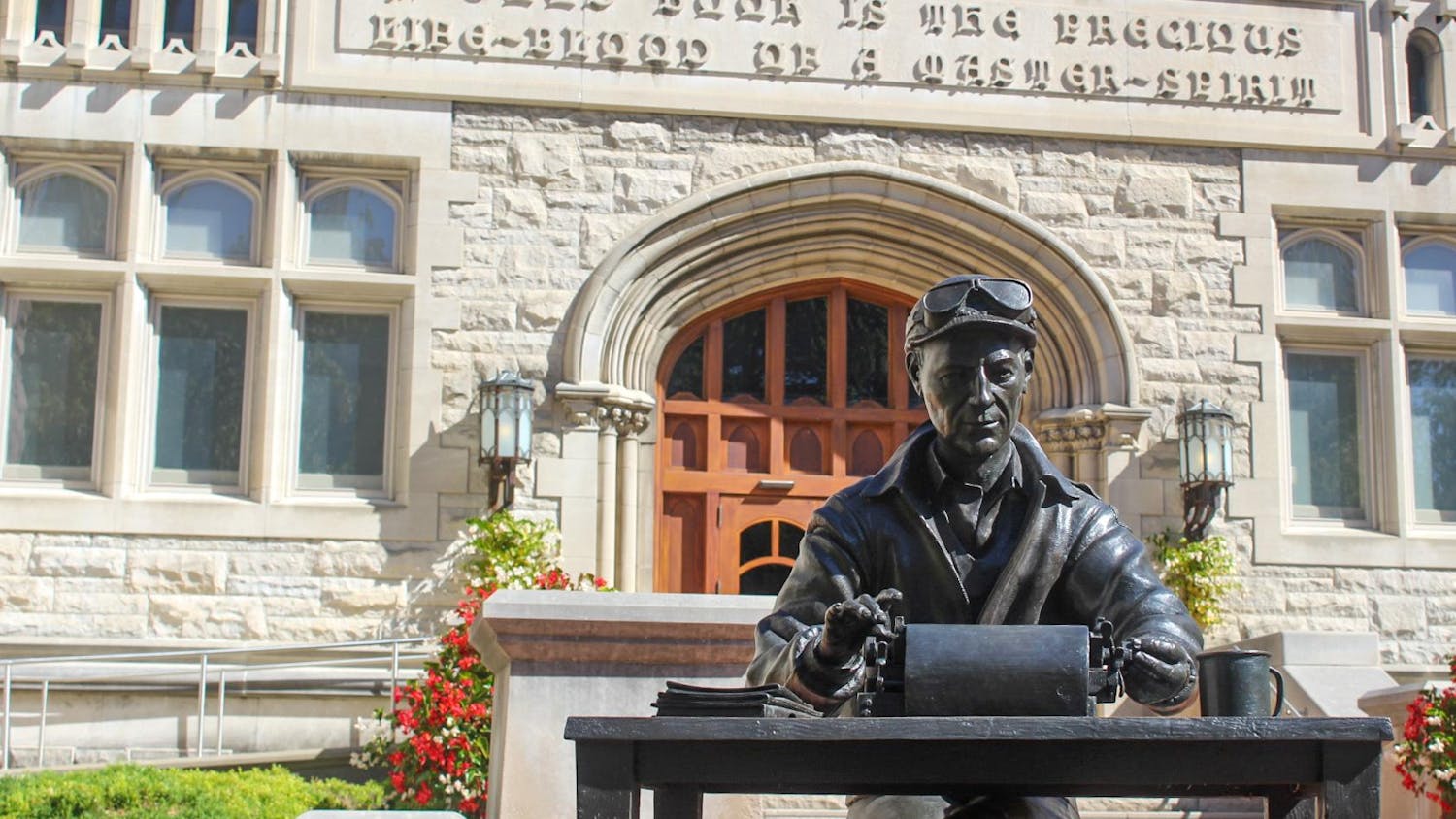Interested in writing a letter to the editor or guest column to the Indiana Daily Student? Check out our guidelines and submission details here.
Soot is a very fine, airborne particulate matter that causes numerous adverse health effects when inhaled. Once inside our bodies, soot burrows into our lungs, causing inflammation, heart problems, lung disease and asthma attacks. A recent study found that soot causes anywhere between 85,000 to 200,000 deaths each year with communities of color being hit the hardest.
Luckily, the Environmental Protection Agency is aware of the problem. A rule proposed recently by the EPA would lower the legally permissible amount of soot emissions by 16%. This rule is a good start, but it needs to go further to adequately protect people.
As a professor at IUPUI’s’ School of Sciences, my team and I monitor air quality. We predominantly work in Indianapolis, where the level of soot produced can be dangerous, exceeding the current federal standard. Unfortunately, this is the case across most upper Midwestern cities. Metropolitan areas like Detroit, Chicago, Milwaukee and Minneapolis are disproportionately impacted and the air quality in the entire Midwest would be improved by a stronger soot rule.
Soot is usually measured in micrograms per cubic meter of air. Currently, the EPA recommends that the concentration of soot in the air remain below 12 micrograms, but such a standard is outdated and insufficient to protect our health and environment. Recent research shows that 12 micrograms is still harmful to human health, and if the EPA’s soot standard was lowered to 8 micrograms per cubic meter, an estimated 20,000 lives could be saved each year.
Those lives saved would predominantly come from disadvantaged communities and communities of color. Most air quality problems are concentrated within urban centers, but even within a single city there can be differences in pollution, leading to disproportionate harm between communities. For instance, communities near highways and industrial plants tend to have more pollution, while areas with more tree cover, less heavy-duty vehicle traffic and more green spaces tend to have less pollution.
Research bears these facts out. People experiencing poverty are 49% more likely to live in areas that exceed the national standards on soot, and their children are over six times more likely to visit the emergency room for asthma-related issues. A recent Environmental Defense Fund study estimated that soot exposure kills 120,000 people annually in the United States, and Black Americans are three times more likely than white Americans to die from soot exposure.
Many of the main drivers of soot production — highways, coal plants and other types of industrial facilities — were placed near poorer communities and communities of color without the consent of those community members. We can’t go back in time to change those decisions, but we can reduce emissions from that infrastructure, and work to move that infrastructure elsewhere.
Coal plants are some of the main drivers of soot emissions. While coal smoke directly harms our lungs when inhaled, the soot released when coal is burned can be even more deadly. Coal soot contains mercury, which can seep into our lakes, streams and other waterways, contaminating them and the fish that swim there. If ingested — either by drinking the water or eating the fish — mercury can cause brain damage, heart disease and many other serious heart issues.
Right now, coal plants and other soot polluters are financially benefiting from the harm they’re inflicting on our communities. They get to profit while disadvantaged communities suffer serious health problems. That’s not right and it’s not financially sensible either.
If the EPA sets strong and robust new standards for soot pollution, it will improve the quality of life for tens of millions across the Midwest, and hundreds of millions across the country. It will also save lives. In the short term, there will be fewer asthma attacks and heart problems, and in the long term, it will minimize the pollutants that cause climate change, mitigating the effects of increasingly severe weather. Please reach out to the EPA and encourage them to strengthen their current proposed soot standards. Their comment period is currently open until March 28 and the rule is expected to be finalized this August.






